By: Dan Cremin, De-icing Account Manager | Published: November 7, 2023
____________________________________________________________________________________________
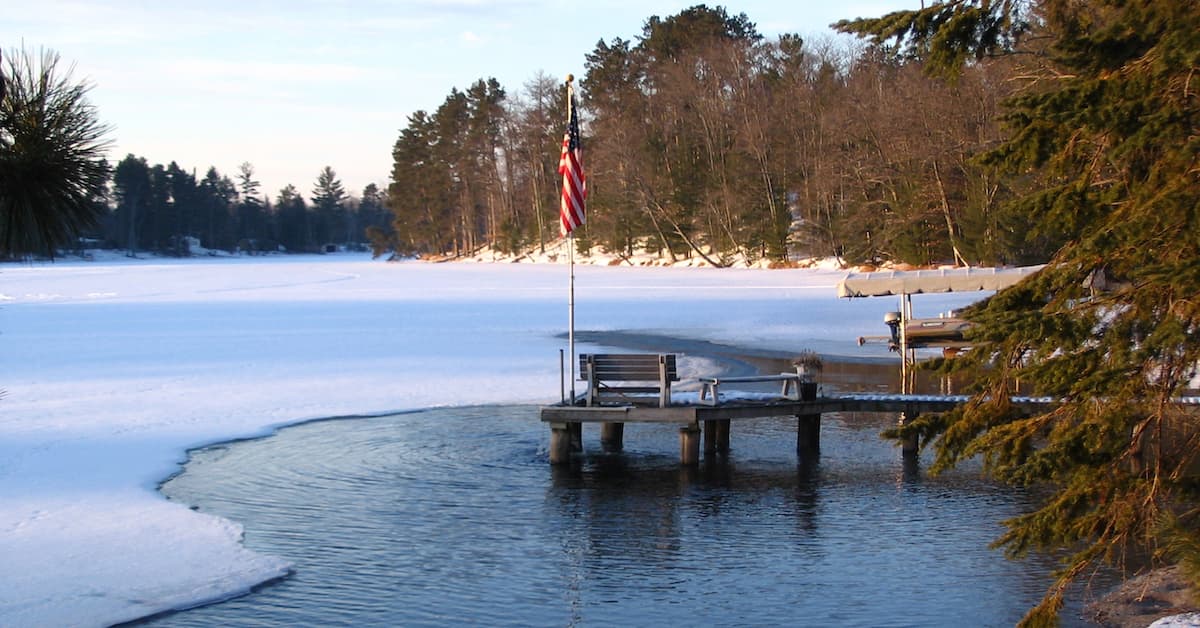
As the transition from fall to winter brings in colder temperatures, it won’t be long before ice starts to form on ponds and lakes in the northern regions. This leads to natural concerns about potential ice-related damage. A common question we get is, “What happens if a chunk of floating ice runs into my dock?” In this article, we will explain the most common types of ice damage that impact structures submerged in water during the winter along with ways to prevent them.
Ice Expansion
The main sources of damage to docks, boats, piers, lifts, and other structures left in the water throughout the winter are ice expansion and ice jacking. Damage from ice expansion occurs when water freezes and expands, either vertically or horizontally, applying pressure to any object left in the water. As ice forms, it expands by roughly 9-10%. For example, if you fill an ice cube tray three-quarters full, once it freezes, it will fill the whole tray – this is ice expansion. On a large scale, such as a frozen pond or lake, this amount of expansion can result in significant damage.
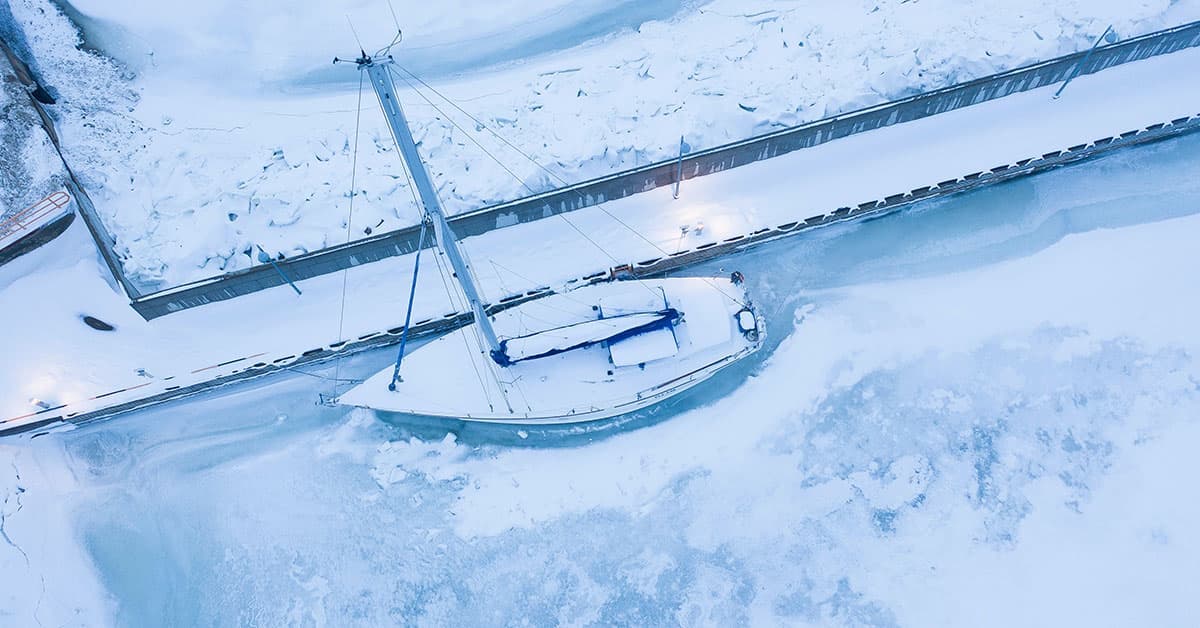
Ice Jacking
On the other hand, ice jacking occurs when ice forms around objects in the water and the water level rises or falls, creating vertical pressure on these structures. For example, you can think of this like hugging a fence post and trying to lift it out of the ground. When ice grips to the post or piling and the water level fluctuates, a substantial amount of force is applied to the object, causing the orientation to shift.
The pressure that results from ice expansion and ice jacking is most severe when the in-water structures are exposed to repeated freeze-thaw cycles during the winter. Due to this, Kasco recommends installing a De-icer below the water’s surface to pull deeper, warmer water up, creating an ice-free area. This will help prevent damage to objects left in the water throughout the winter months.
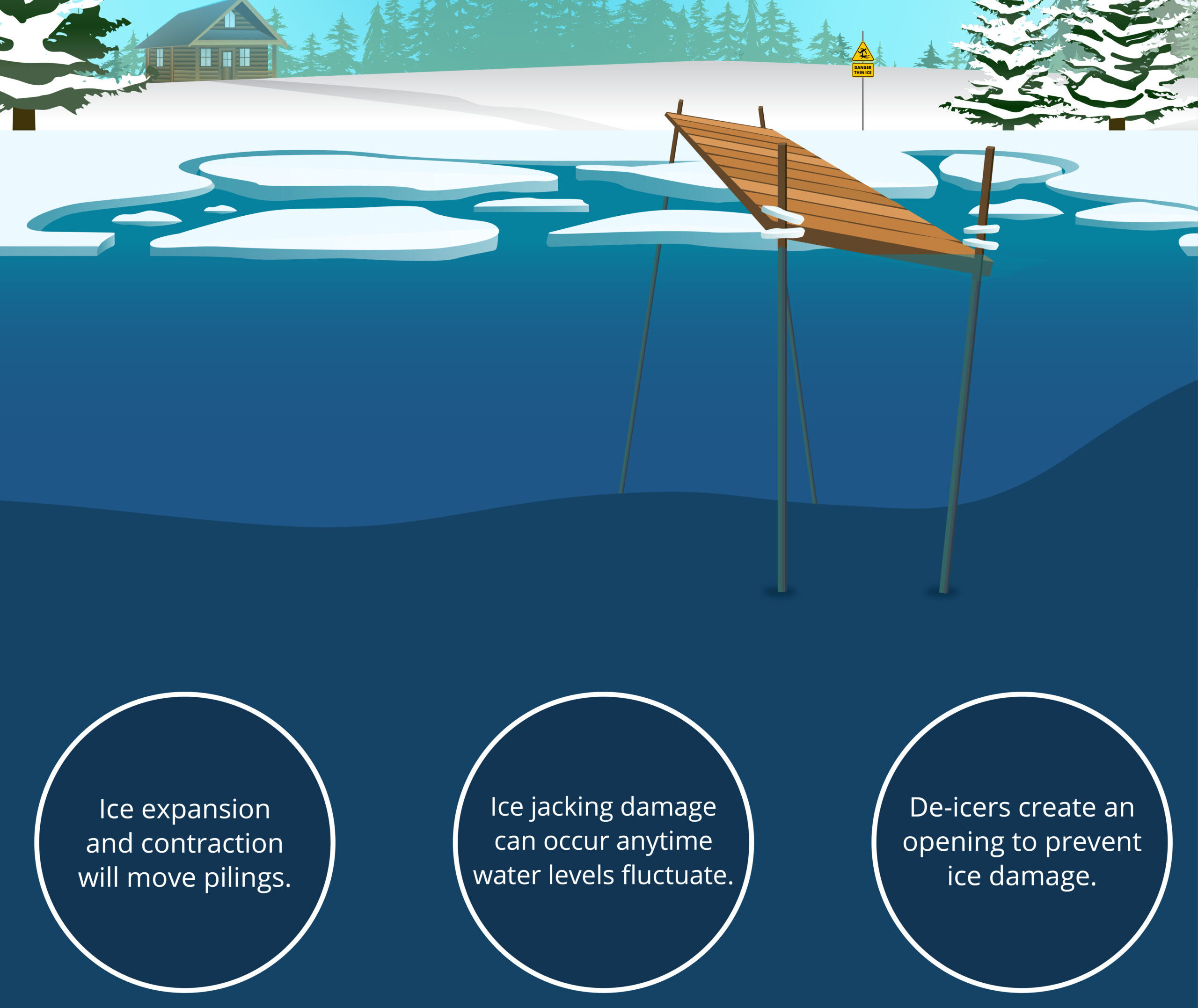
Ice Floes
Objects left in the water over the winter can also be subject to ice damage caused by ice floes. An ice floe is a large group of floating ice chunks that move together at the water’s surface, typically in the same direction, driven by either wind or currents. Imagine a river as it begins to thaw with the current strengthening, causing sheets of ice to break apart and flow downstream – this is an ice floe.
While Kasco takes pride in safeguarding waterfront properties from ice damage in countless applications, this is one scenario where our De-icers cannot provide adequate protection. Typically, the speed at which ice floes move outweighs the current created by a De-icer, making it ineffective in preventing the moving ice from impacting your property. If your application experiences ice floes but you still want to keep structures in the water during winter, we recommend using a Kasco De-icer along with some sort of physical barrier around it to prevent moving ice from hitting your in-water property. Although this type of damage is more common in river environments, a De-icer can still be utilized in inlet areas where the current isn’t a big factor.
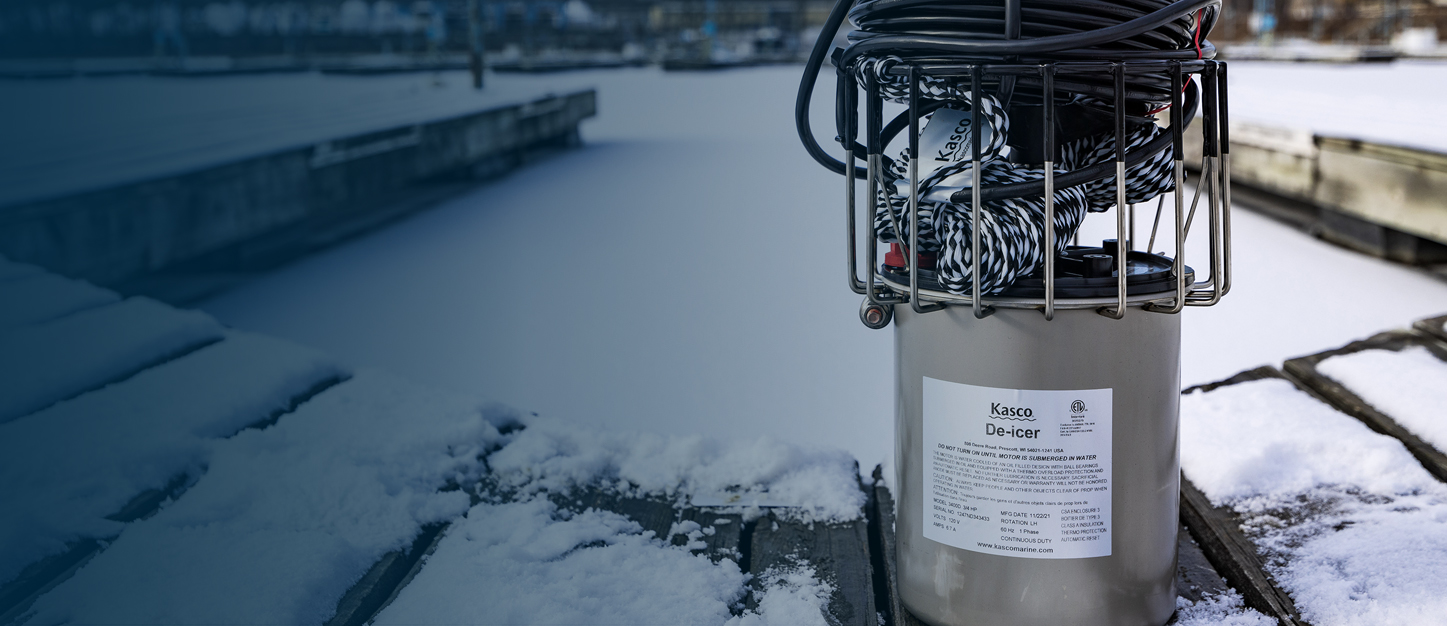
In summary, the majority of damage concerns and questions we receive from end users revolve around the ice-related issues caused by ice expansion and ice jacking rather than ice floes. In most cases, maintaining an ice-free area around any objects left in the water throughout winter will help reduce or eliminate the threat of ice-related damage. If you are uncertain about the optimal de-icing approach for your application, please reach out to Kasco for guidance in choosing the best solution.
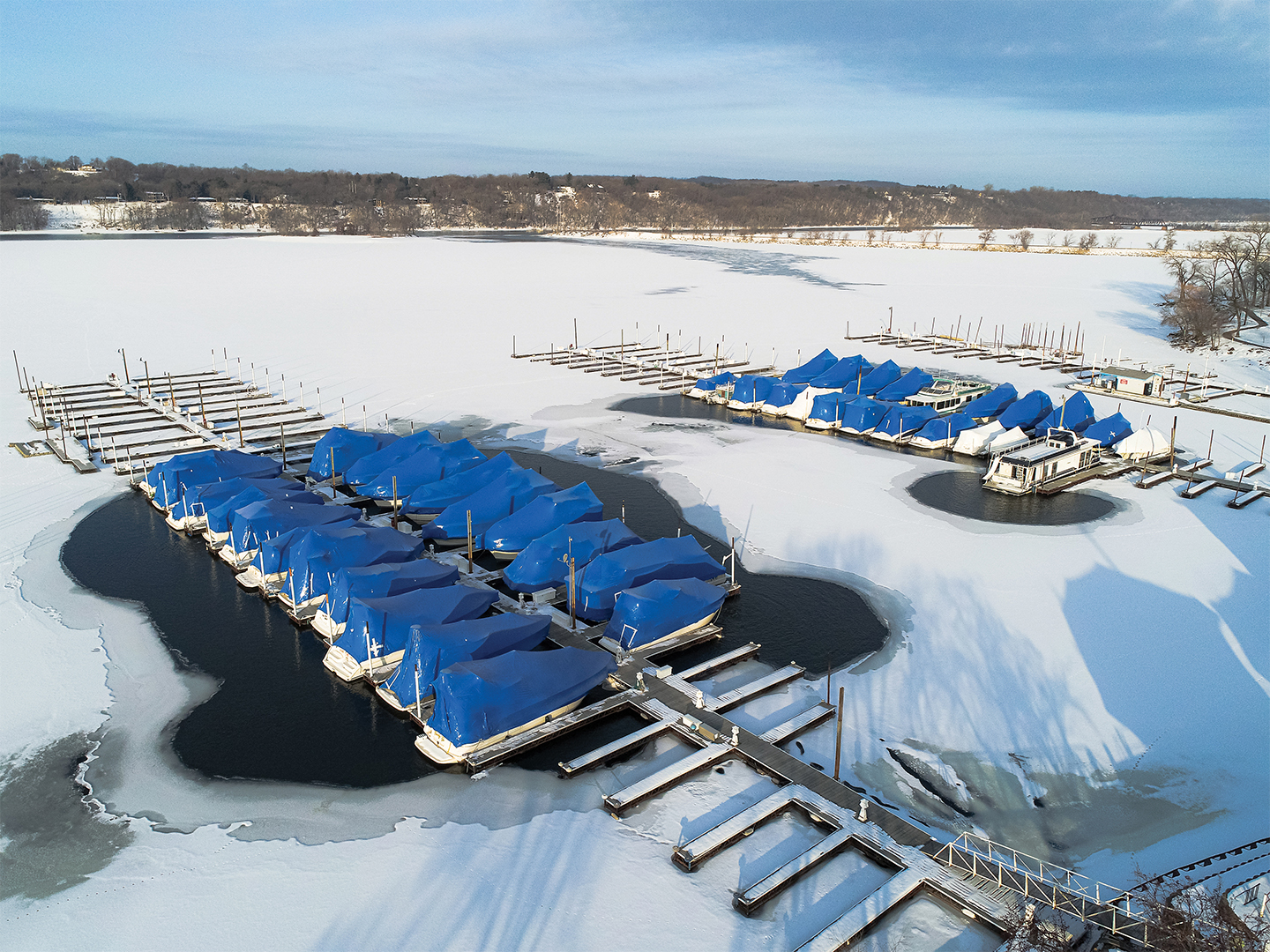 Kasco's Top Five De-icer FAQs
Kasco's Top Five De-icer FAQs
 De-icer vs. AquatiClear
De-icer vs. AquatiClear
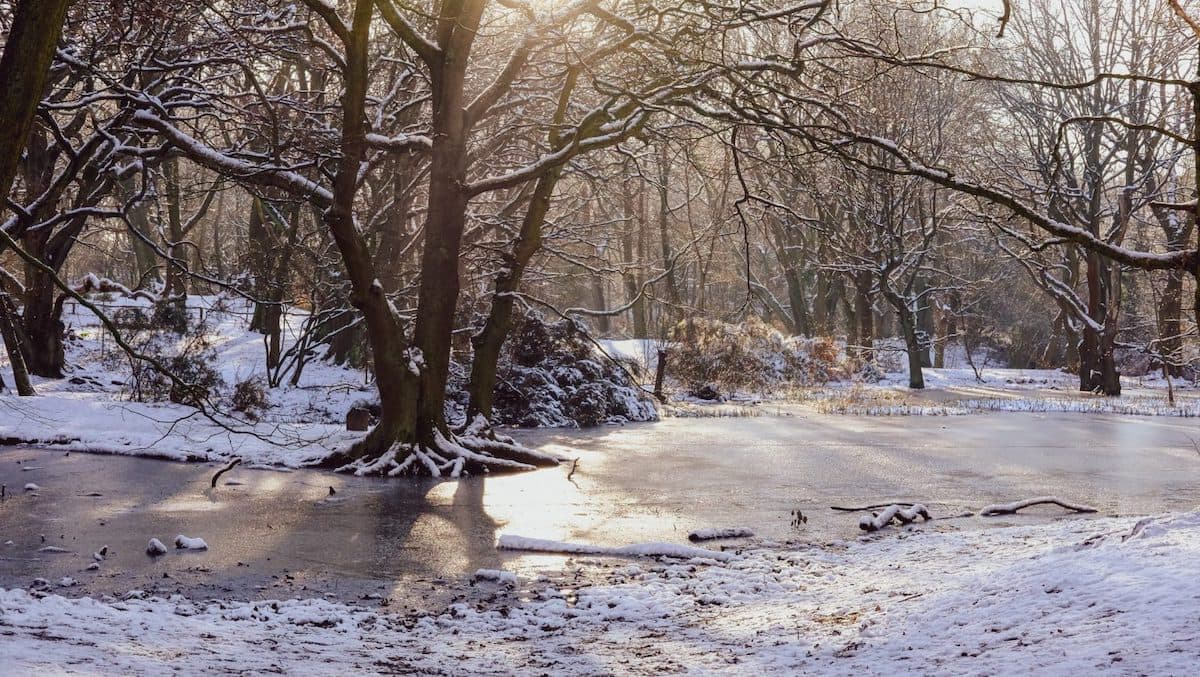 Can I De-ice My Entire Lake?
Can I De-ice My Entire Lake?